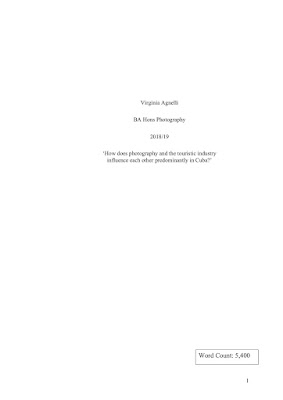Building on the overt connection between photography and
tourism, John Urray’s concept of ‘the circle of representation’ shows how photography and
tourism are intrinsically linked. His discussion of this notion in ‘The Tourist Gaze’ states that
in being a tourist, one participates in a particular way of looking at the world, which has been
enacted by the tourism industry.
Urray saw this as a ‘closed circle of representation’
(urray, 2008 , p. 14) in which the touristic industry would create an image to attract tourists who then
in turn would reproduce that image in their on-holiday photographs and then share it.
As
an increasing number of tourists documented these locations and shared their travel
experiences, it attracted more tourism to that location.











